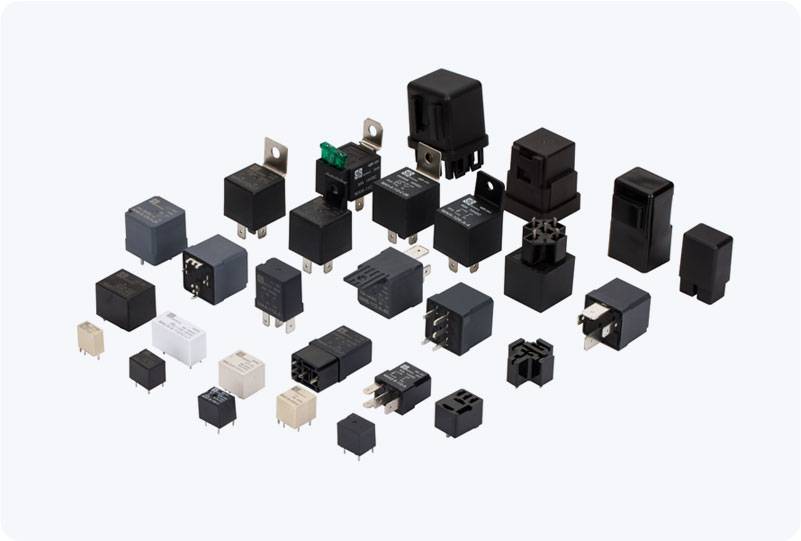relay vs fuse in car: understanding the key differences
Release time:2025-05-07 10:37:44
When it comes to car electrical systems, two key components that play a crucial role in ensuring the safety and functionality of your vehicle are the relay and the fuse. Both of these parts are essential for protecting the car’s electrical circuits and preventing damage to the wiring and components. Although they share a similar goal of protecting the system from overloads or electrical faults, relays and fuses serve distinct functions. Understanding how they work and how they differ is important for car owners and automotive enthusiasts alike.

What is a Relay?
A relay is an electrical switch that is used to control a high current circuit using a low current signal. It functions by opening or closing contacts within the circuit, thus enabling the flow of electricity to certain components in the vehicle. Relays are commonly used for functions such as controlling the operation of the car’s headlights, fuel pump, horn, or starter motor.
The main advantage of a relay is that it allows a low current control signal to trigger a higher current flow. For example, when you press the button to start your car, a small current from the ignition switch triggers the relay, which in turn allows a much larger current to flow to the starter motor, thus starting the engine. This makes relays ideal for applications where high current is needed, but the control circuit should remain simple and low-power.

